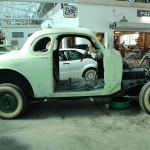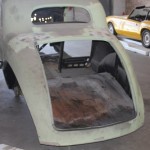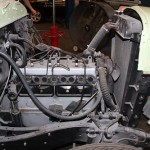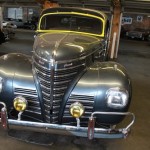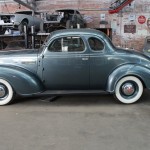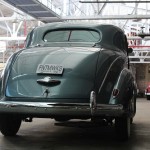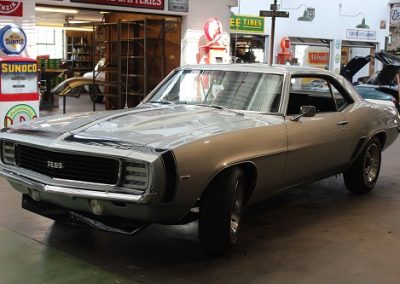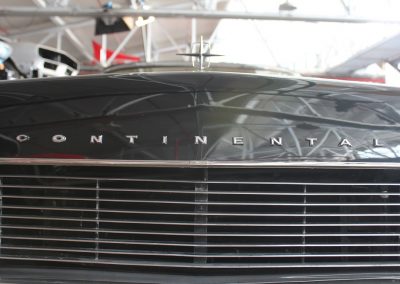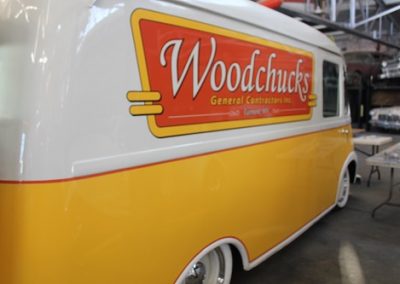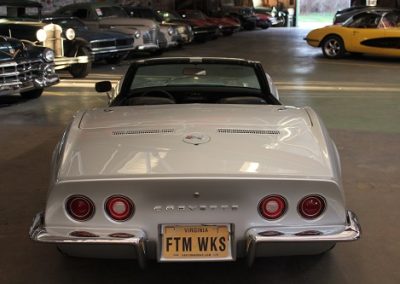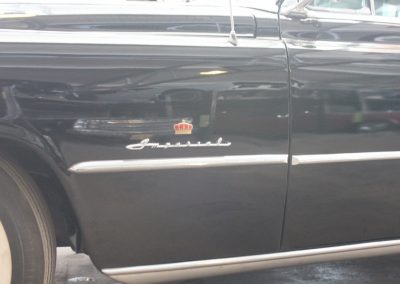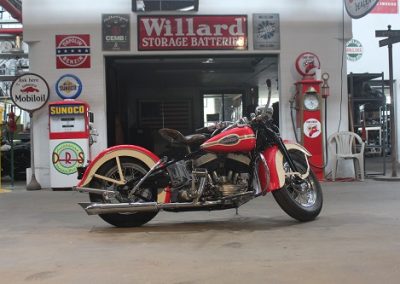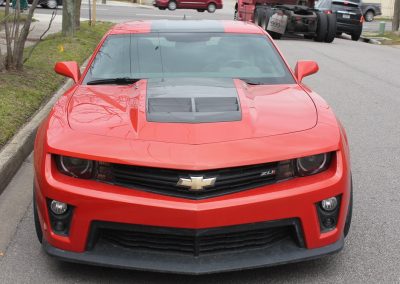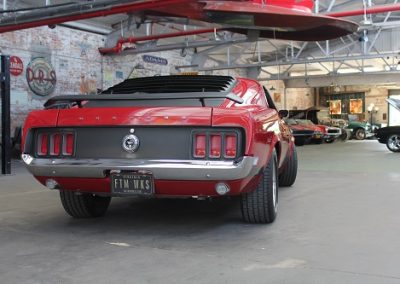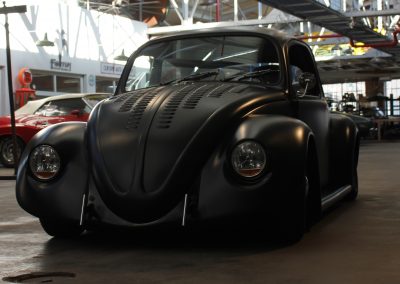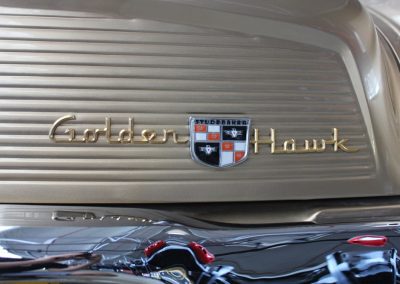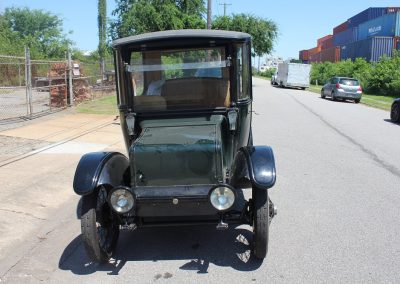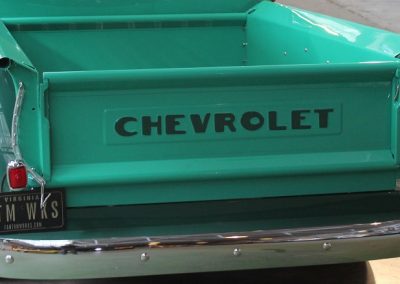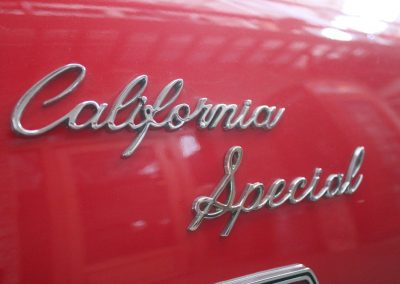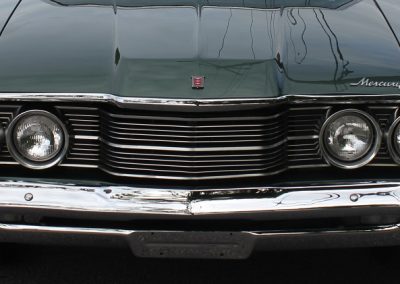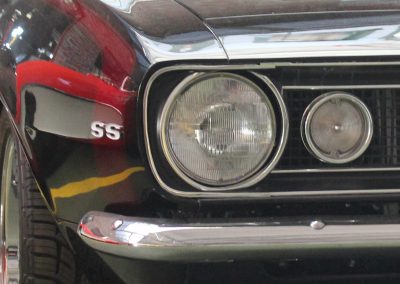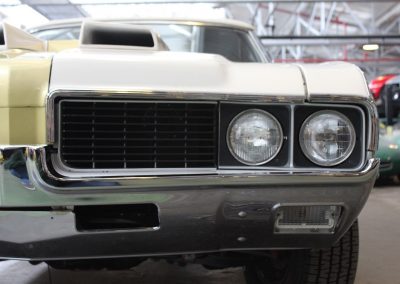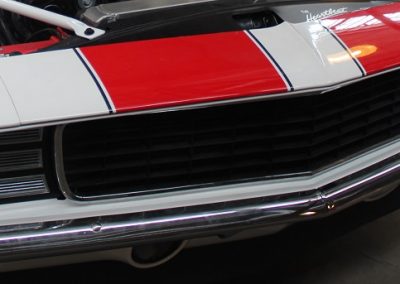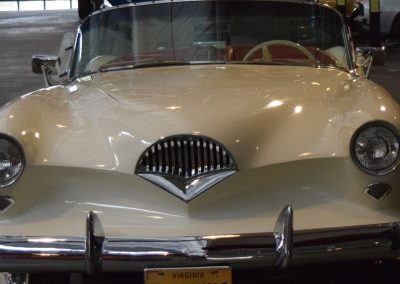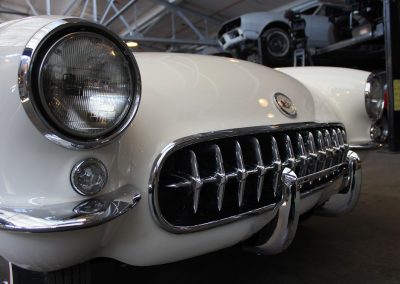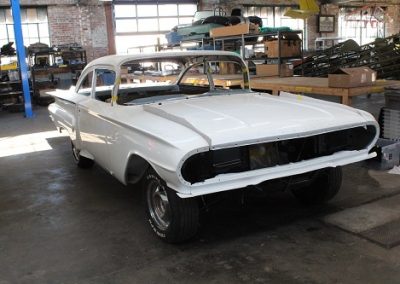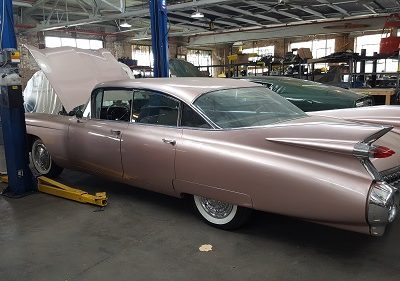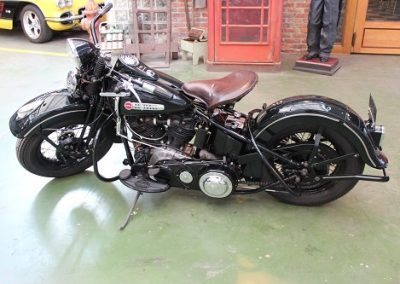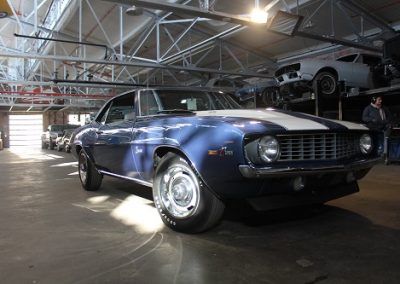1939 Plymouth Coupe

As seen on Season Four of FantomWorks
Owner Insight:
While stationed at Miramar, I was occasionally deployed on Aircraft Carriers for 6-8 months at a time. My wife was in charge of keeping the 39 Plymouth running. I found out through my daughters, that most of the time she was not very diligent with her duties and often the battery would go dead from lack of running. A neighbor taught her how to let the car roll out of the garage down the inclined driveway and on down the inclined street in second gear, popping the clutch to start the car, thus having everything up and running when I returned home from the deployment. This worked every time except the last when the deployment was extended to 10 months. When she popped the clutch for my return, she was in first gear and stripped a gear in the transmission. A few days later when I returned and had my homecoming with the family, I went to the garage and tried to start the car. After charging the dead battery, I started the car and tried to drive out of the garage—nothing but grinding noses from the transmission. I ended up having to remove the transmission and replace a couple of gears. I used this car to teach both of my daughters how to drive a stick shift while they were in school in the San Diego area.
In mid-1980’s I was transferred to East Coast and the 39 Plymouth came with me, towed across the country. It again became my everyday car. After I was divorced it became my only car for some time. It was known as a good date car. After retirement from the Navy in 1992, I moved to the Northern Virginia area and was unable to bring the 39 Plymouth with me. It sat outside for a while and then I found a couple of amateurs that did some engine work and a body guy that fiddled with the car for several years. My family got after me to get the car out of storage and have it restored. When I got serious about doing so, I had trouble finding a reliable restoration shop that I felt comfortable in contracting to have the work done. One of my Tidewater area family members told me about FantomWorks and, after doing some background research, I determined that FantomWorks might be the solution. I made an appointment with Dan and based upon that meeting, his background, and the work around the shop, we made a deal and I feel very comfortable that I will have a fantastic, eye catching, panty dropping 39 Plymouth again that I can use to teach my grandkids how to drive a stick shift.”
–Jerry N.
Explore the Project Galleries
Arrival
Disassembly
Strip and Metal Fab
Mechanical
Body and Paint
Trim and Detail
Finish
In the late 1920’s and 1930’s, Chrysler Corporation successfully marketed Plymouth as a low-priced rival to Ford and Chevrolet. Strong sales of the new make constituted a bright spot during the Great Depression. Plymouth stood at number three in production volume by 1931, and output reached a half million cars per year by 1936. Several other auto manufacturers had introduced “companion” marques in the 1920’s, but only Plymouth achieved high volume and found a lasting place in the market.
The Plymouth P-8 was introduced in 1939 with a 201 cubic-inch straight six-cylinder engine delivering 82 horsepower. It was the highest priced car in the Plymouth line and the only car in the Chrysler lineup to offer a convertible body style. The streamlined styling of the 1939 Plymouth is among the best examples of art-deco automotive form and ornamentation. The windwings were standard equipment while the factory installed radio, deluxe steering wheel, heater, fog lights, locking gas cap, wheel discs and trim rings, fender skirts and white sidewall tires were optional accessories. Among the standard features offered for the first time on the Deluxe Plymouth Series P-8 were: a steering column mounted gear shift lever, ‘wet weather ventilation’ (employing a cowl ventilator rain trap), two-piece vee’d windshield, flush-mounted headlamps and a ‘safety signal’ speedometer which evaluated increasing speed by flashing from green to amber to red as speeds progressed.
417,528 Plymouth vehicles were made in the 1939 model year. The Deluxe (P8) model far outsold the entry-level Road King (P7) model. Almost half of the Plymouths produced were 4-door sedans. There were 5,976 convertible coupes manufactured along with 387 4-door convertibles, 1,777 woody wagons and 1,850 limousines with a 20″ stretch.



